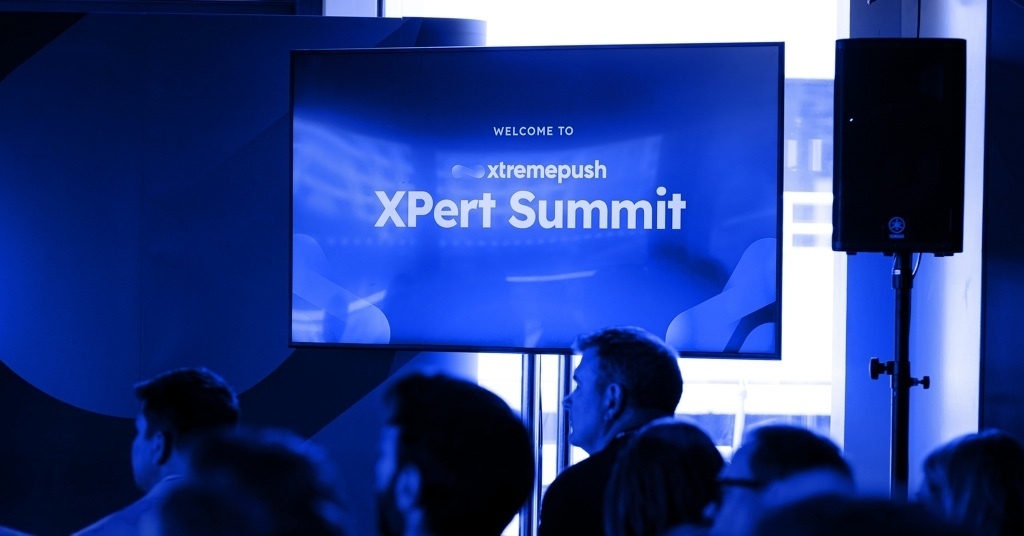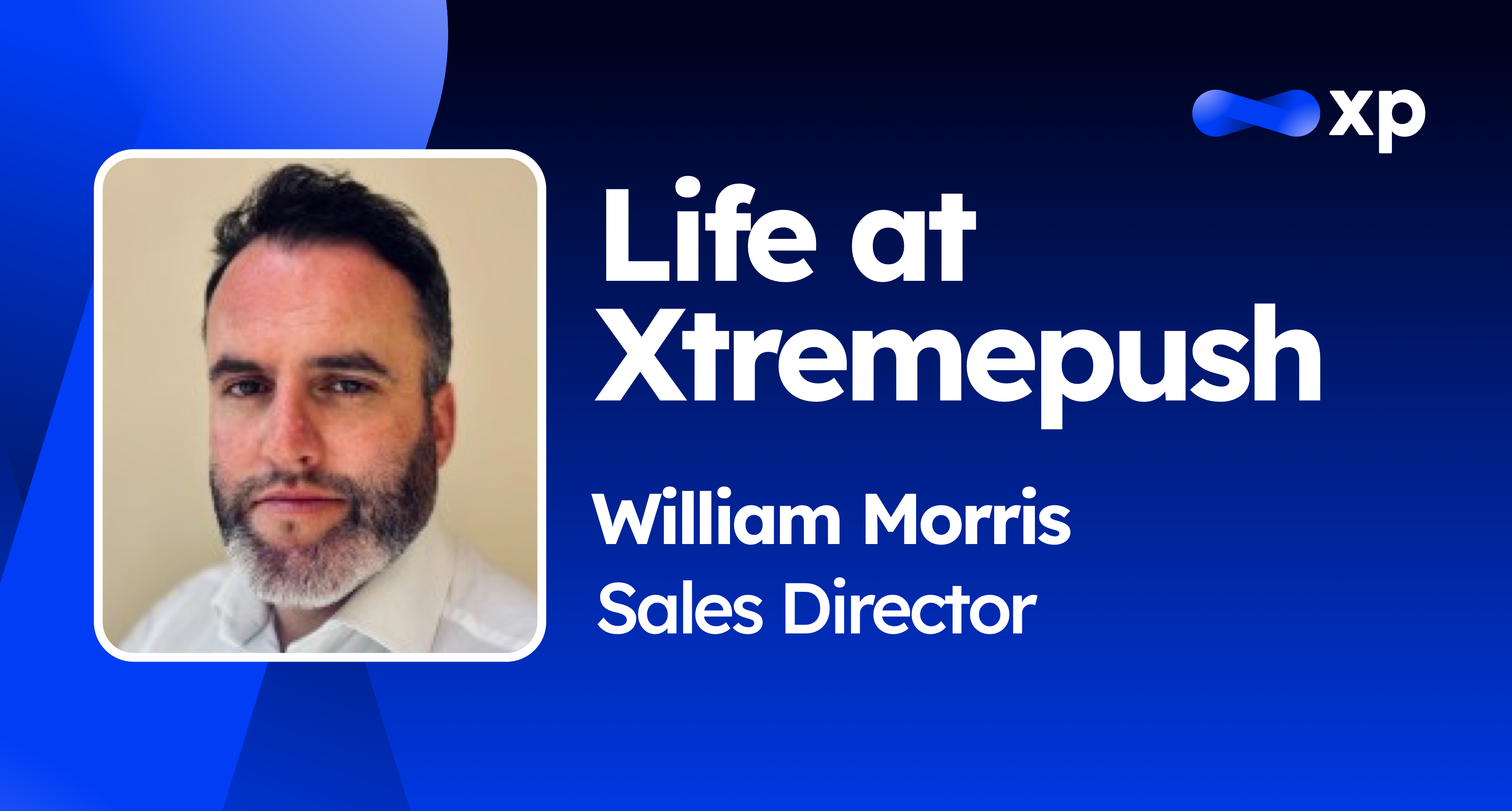The rise of social media has totally changed the way in which we interact with each other. It also opened the door into a brand new world for advertisers, and they’ve certainly made the most out of the new tool they were given.
With so much focus now on acquisition through digital advertising, it can be easy to dismiss the value of email capture forms. The reality is that email is just as important now as it ever has been, and for many brands email nurturing campaigns are their strongest sales tactic.
About 58% of people check their emails first thing in the morning before they go anywhere near their social media profiles. With this in mind, it’s obvious that getting your messages into a person’s inbox could work wonders for your bottom line. So, building up your email list is incredibly important for businesses to increase sales through visitor retargeting and repeat purchases.
Using email capture forms is the ideal way to gather this information.
Different Channels of Use
I’m sure we’ve all experienced an email capture form or two in our time using the internet and scrolling through pages and blogs. But there are a few different ways an email capture form can present itself, some we may not have noticed before.
On-site Messages – These tend to be the most used and most noticeable to the user on the screen. They are pretty hard to miss as it essentially stops you from scrolling further down the page until you either enter your email or click away from it. Read more about this channel and the various ways it can be used to engage with website visitors here.

Slide-in banners – Pretty similar to pop-up forms, except this time not quite as in your face and unlikely to annoy visitors. They usually appear as you scroll further down the page and slide in from either side of the screen.
Info bars – Usually sits at the top of your webpage with a brief message or promotion, asking people to either sign-in or enter their email address. These are very much not disruptive to the user, however can go unnoticed to some.

Embedded forms – These forms are static and generally remain at the end of a webpage, or after a blog. However, like info bars, people might not even see that they’re there so a good, bold colour might make it more noticeable.
Home gate – Your homepage is often the most visited and authoritative page on your website. Using a home gate (or home featured box) allows you to present some sort of offer, or a warm welcome to your site for your visitors, right from the start.
What’s in it for the user?
These days, people are aware that their contact data is going to be used to engage them with advertisements or promotions. So, to persuade someone to share this data we need to make sure we’re communicating the value exchange.
For a user to enter their email into a form there has to be an immediate exchange of value for that customer. They will constantly ask themselves “well, what’s in it for me?”.
To persuade someone to take that step, your messaging should highlight the fact that there is an immediate reward for giving up your email. Offering up bonus content, free trials, or discounts on purchases are some examples of immediate rewards that could be used to intrigue your user.
There is no industry that can’t make good use out of email capture forms. Email marketing is relevant for every industry and should be part of their plan.
Best Practices
Below are some steps to take to ensure you make the most out of your email capture forms.
Sign-up incentives
As mentioned earlier, adding some sort of incentive is a great way of increasing the chances of a user signing up with their email address.
Avoid annoying your users
There are few things more frustrating than trying to navigate your way through a page filled with pop-ups and banners everywhere. Keep user experience in mind when creating your capture form campaigns or you could be seeing your bounce rate increase.
Subtle banner-style forms can be your friend here, but be careful not to make them too unremarkable, or they might not be seen at all.
Best time to introduce the form
There are a few ways you can introduce your form to the user. They can be triggered by the amount of time someone spends on a page, or how far down they scroll on a piece of content. However it is no guarantee that everyone is going to stay on a page for more than a few seconds, so there’s not much of a window here to get your form in front of their eyes.
It’s best to have something catch their attention right off the bat. Whether that’s a pop-up form or a banner is up to you, but make sure you’re in there quickly.
About Xtremepush
Xtremepush is the leading customer engagement, personalisation and data platform. It’s purpose-built to help brands acquire new customers and communicate more effectively with existing customers through automated, real-time and relevant messaging.













